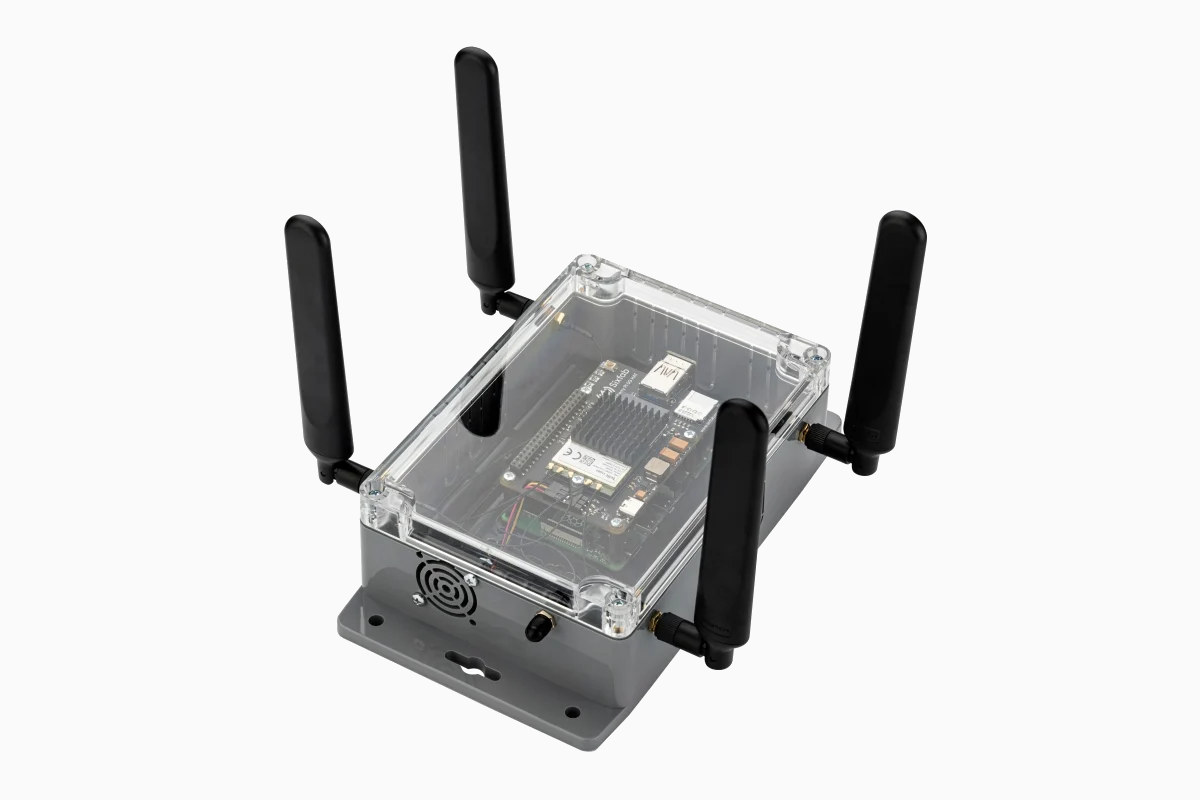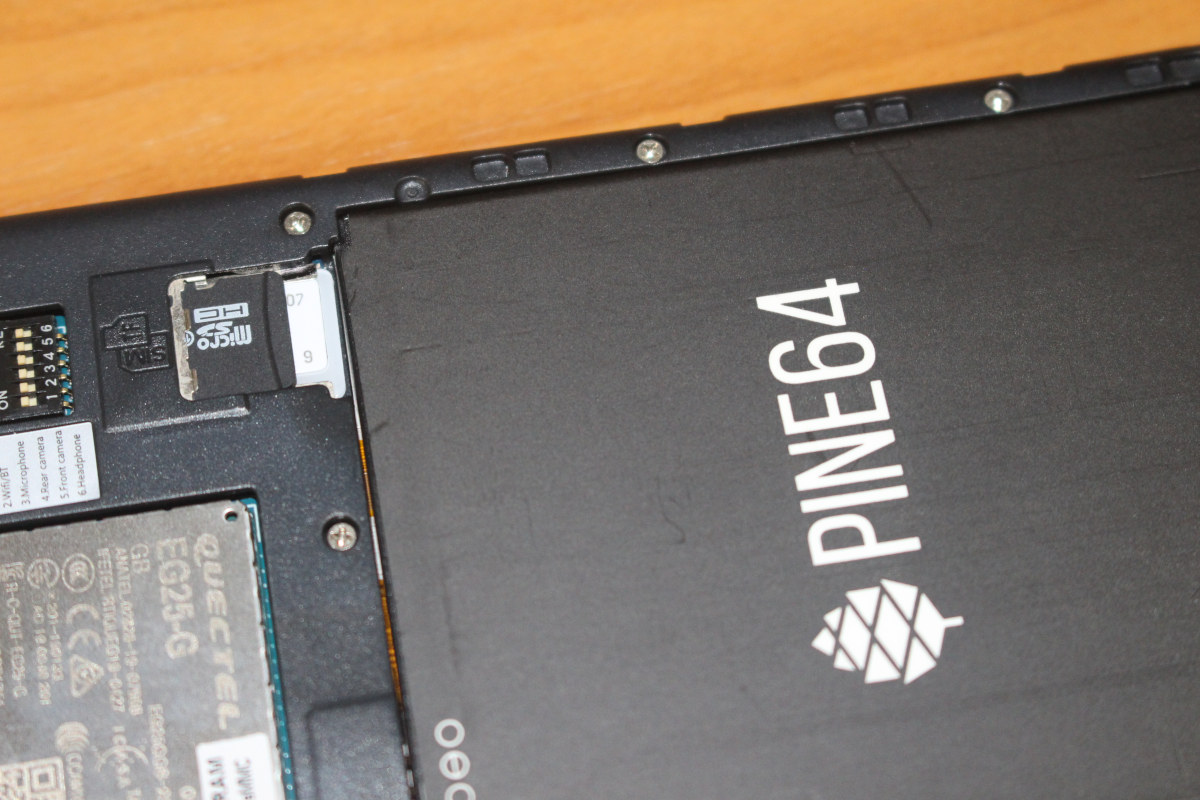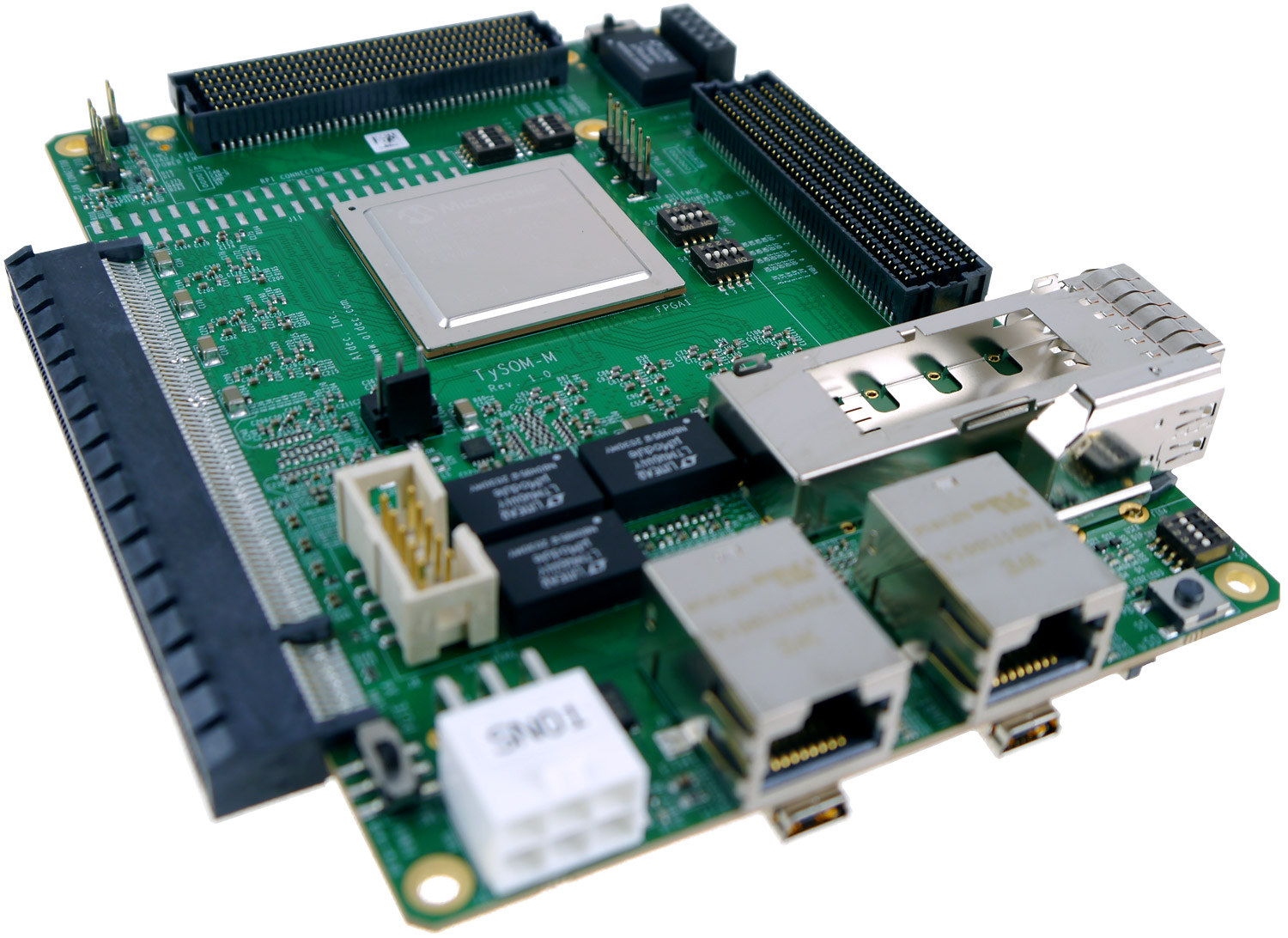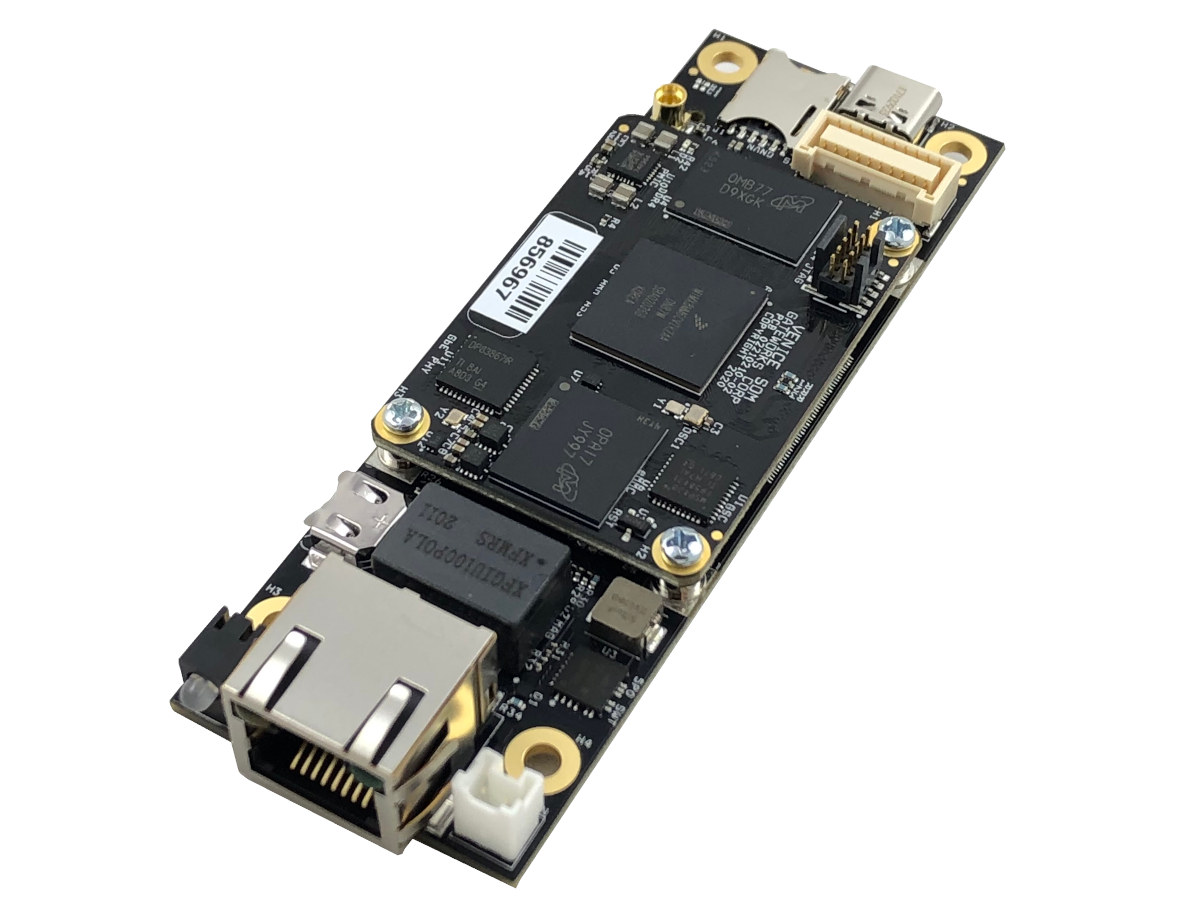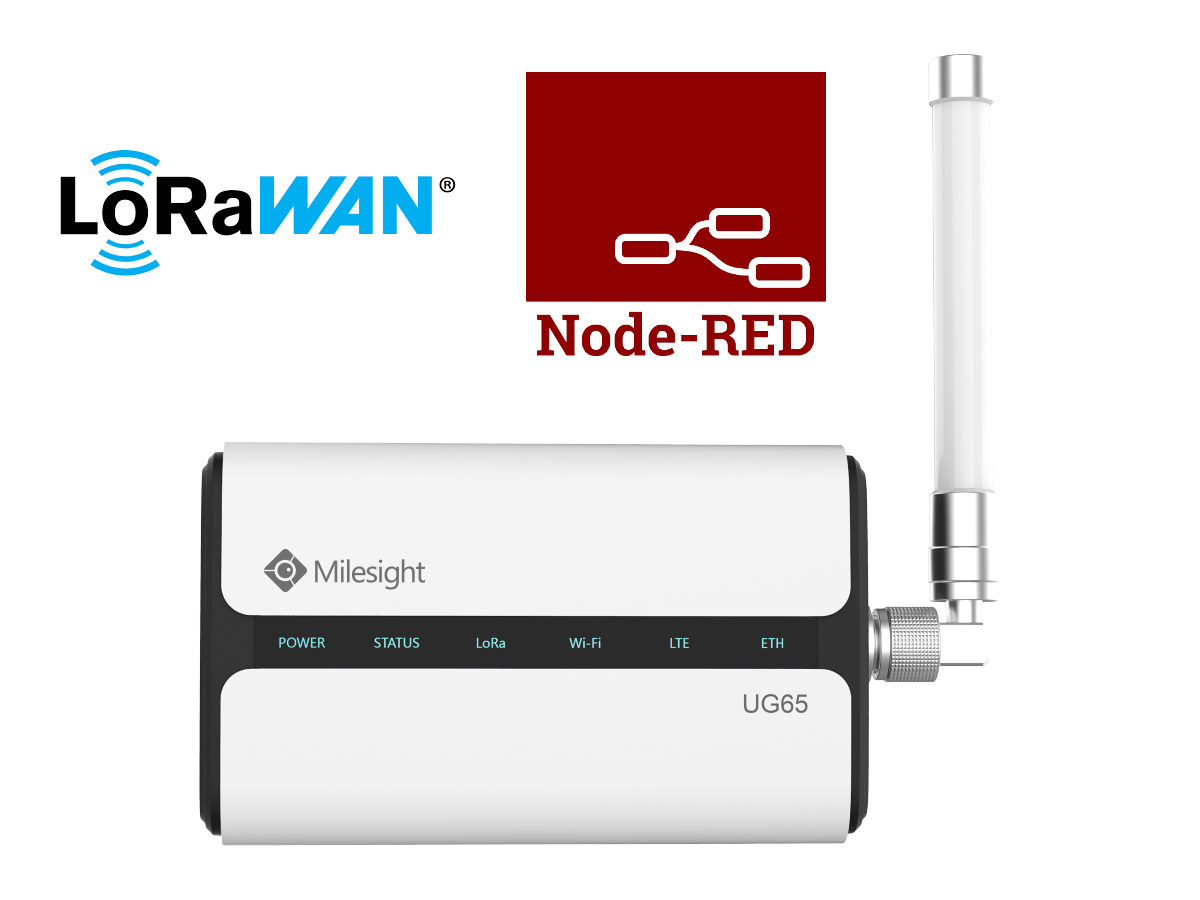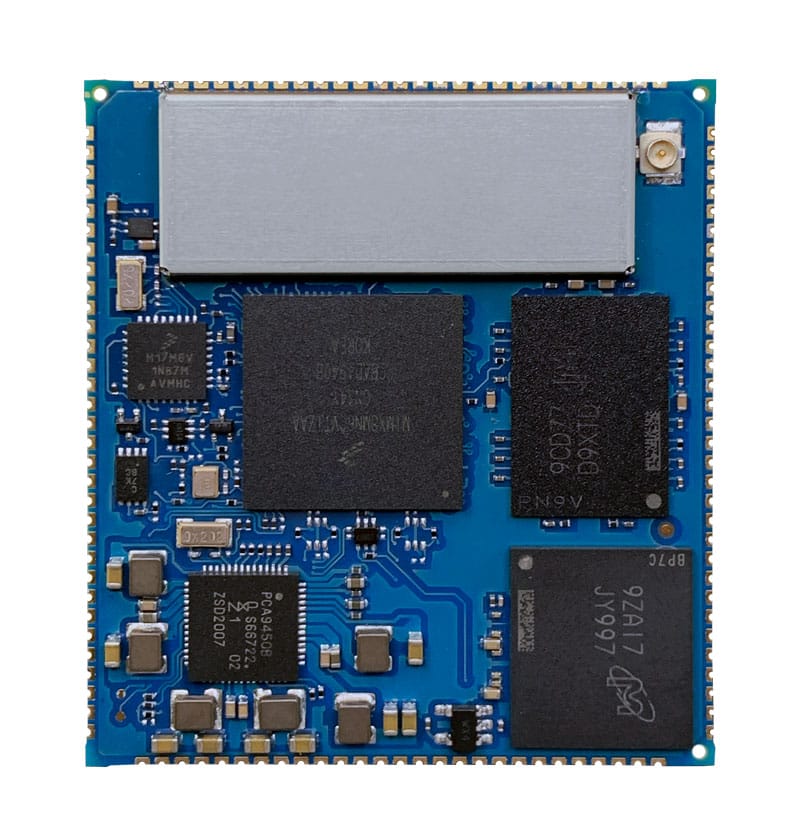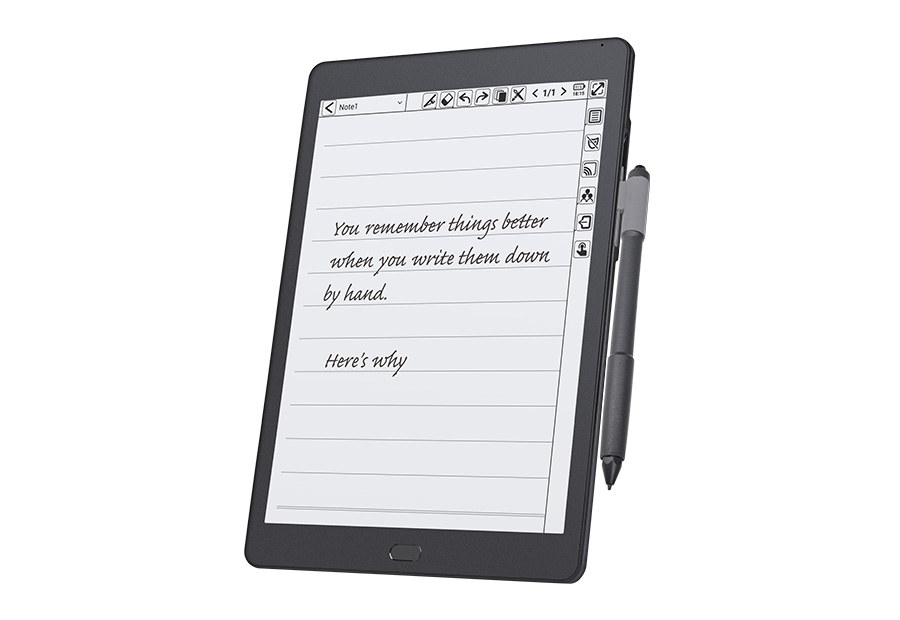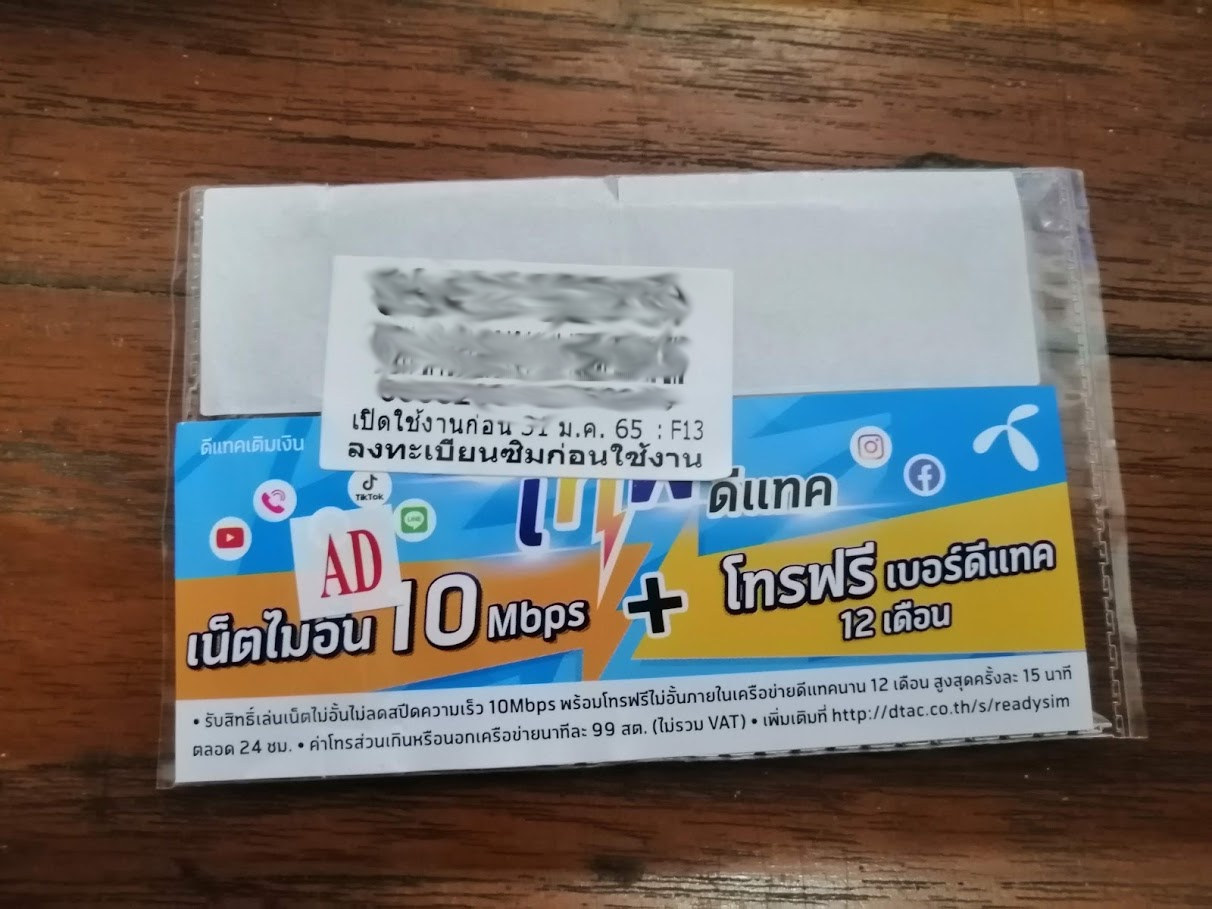SixFab is now taking pre-orders for its “Raspberry Pi 5G Development Kit” equipped with either Quectel RM50xQ or Telit FN980 5G modem fitted to SixFab’s Raspberry Pi 5G HAT, all housed in a plastic and acrylic enclosure with four antennas. The selected modems rely on the worldwide 5G NR Sub-6GHz and mmWave frequency bands, and the company says a data throughput of up to 5.0 Gbps (download) and 1.0 Gbps (upload) is possible with the kit. SixFab explained the 5G devkit is designed to help with the development, optimization, and testing of MTC (Machine-type Communication) and M2M projects leading to products such as IoT gateways, indoor and outdoor CPE, high bitrate video streaming, real-time sensor data broadcasting, high-speed mobile 5G hotspot, etc. SixFab Raspberry Pi 5G Development Kit specifications: Works with Raspberry Pi 4 or compatible SBC’s with USB 3.0 port Raspberry Pi 5G HAT with M.2 socket optionally fitted […]
How to use PinePhone as a mobile hotspot
I’ve recently started using my Android phone as a mobile hotspot with mixed results so instead, I’ve switched to using PinePhone as a hotspot with Manjaro Arm Linux with Plasma Mobile instead, and performance seems much more stable now. Early this year, I received Pinephone with PostMarketOS beta, and after playing with it a bit I did not do much with it so far. But in recent times, I’ve been staying in various places without WiFi, so I purchased a lost cost SIM card with a one-year cellular data plan to be able to work from any location using my Android 10 smartphone (Huawei Y9 Prime 2019) as a mobile hotspot. It works most of the time, but sometimes I have massive packet loss, and the only way to recover is to turn off and on the hotspot, and in some cases even reboot the phone. Playing with settings on […]
Embedded development board features Microchip PolarFire RISC-V FPGA SoC
Microchip/MicroSemi first introduced PolarFire RISC-V FPGA SoC at the end of 2018, with the chip being like the RISC-V equivalent of Xilinx Zynq Ultrascale+ Arm & FPGA MPSoC. The following year, ARIES Embedded unveiled the ARIES M100PF system-on-module and evaluation board, before Microchip launched PolarFire SoC Icicle 64-bit RISC-V and FPGA development board, followed by the more compact PolarBerry SBC in 2020. There’s now at least a fourth platform based on PolarFire SoC with Aldec TySOM-M-MPFS250 embedded development board. Aldec TySOM-M-MPFS250 specifications: SoC – Microchip PolarFire MPFS250T-FCG1152 SoC with 4x SiFive U54 RV64GC application cores (similar to Cortex-A35 performance), 1x SiFive E51 RV64IMAC monitor core, FPGA fabric with 254K logic cells, 17.6 Mb RAM System Memory 2GB (16Gbit) 32-bit DDR4 for the FPGA 2GB (16Gbit) 36-bit RAM with ECC for the RISC-V cores (aka MSS = Microprocessor Subsystem) Storage – MicroSD card socket, eMMC flash, SPI flash, 64 Kbit […]
Venice GW7100 compact industrial SBC packs one Gigabit Ethernet port, one mPCIe socket
Gateworks introduced the new Venice Industrial IoT SBC Family based on NXP i.MX 8M Mini processor with up to two Ethernet ports and four mPCIe Sockets last September starting with GW7300 board with dual Gigabit Ethernet and three mPCIe sockets. But the US company has now announced the availability of the smallest member of the family with Venice GW7100 SBC equipped with just one Gigabit Ethernet port and one mPCIe socket in a compact 100x35mm form factor. Venice GW7100 specifications: SoC – NXP i.MX 8M Mini single, dual or quad-core Arm Cortex-A53 processor @ up to 1.6GHz, with Arm Cortex-M4 at 400+MHz, 3D GPU (OpenGL ES 2.0), 2D GPU, and 1080p VPU System Memory – 1 GB LPDDR4 (up to 4GB) Storage – 8 GB eMMC flash (up to 64GB) Connectivity 1x Gigabit Ethernet RJ45 port with passive PoE support WiFi/Bluetooth or Cellular connectivity via mini PCIe socket and Nano-SIM […]
UG65 LoRaWAN gateway supports Node-RED, up to 2,000 nodes
Node-RED is a popular flow-based, visual programming development tool originally developed by IBM for wiring together hardware devices, APIs, and online services as part of the Internet of Things. But despite being designed for the IoT, I’ve seldom seen Node-RED support for LoRaWAN hardware, the only exception being the Axon platform, a tiny WiFi & LoRaWAN board. But there’s at least one more option with Milestone IoT’s UG65 LoRaWAN gateway, launched late last year, getting a firmware update that adds Node-RED support. UG65 LoRaWAN gateway specifications: SoC – NXP quad-core Cortex-A53 processor @ 1.5 GHz System Memory – 512 MB DDR4 RAM Storage – 8 GB eMMC flash Connectivity LoRaWAN Semtech SX1302 based Fully Integrated Internal Antenna (Optional: 1 × 50 Ω N-Female External Antenna Connector) 8 channels Frequency Bands – CN470, IN865, EU868, RU864, US915, AU915, KR920, AS923 Sensitivity – -140dBm Sensitivity @292bps Output Power – 27dBm Max Protocol […]
Digi ConnectCore 8M Mini SOM and Mini Development Kit for Industrial IoT Applications
Digi International has announced the Digi ConnectCore 8M Mini System-on-Module (SOM) which is an addition to its ConnectCore family modules. We saw the Android application development kit featuring earlier Digi Wireless modules based Freescale i.MX51 (ConnectCore Wi-i.MX51) and i.MX53 (ConnectCore Wi-i.MX53) in early 2012. The new Digi ConnectCore 8M Mini comes with a built-in Video Processing Unit specialising in vision use cases. The Digi ConnectCore 8M Mini SOM is an industrial i.MX 8M Mini quad-core system-on-module that comes with Arm Cortex-A53 cores, one Cortex-M4 core, and the Cortex-M0-based Digi Microcontroller Assist. This enables optimal power consumption while simultaneous maintenance of highly efficient performance. Main benefits of Digi Connect Core 8M Mini SOM Digi SMTplus form factor (40 x 45 mm) for flexibility and reliability while designing. Power management with both hardware and software support for low-power designs. Display and camera capabilities with graphics and video hardware acceleration make it suitable […]
KloudNote 10.3-inch E-reader supports WiFi, Bluetooth and cellular connectivity
Geniatech used to be better known for their Amlogic TV boxes, before expanding their business to development boards and systems-on-modules. But the company has now introduced KloudNote, a 10.3-inch E-reader running Android 8.1 on a quad-core Cortex-A35 processor. The device is equipped with 2GB of RAM and a 16GB eMMC flash, supports WiFi 5 and Bluetooth, as well as optional 2G/3G/4G LTE cellular connectivity, and comes with a USB-C port and a headphone jack. KloudNote (sometimes written Kloud Note) specifications: SoC – Unnamed quad-core Cortex-A35 processor @ 1.2 GHz System Memory – 2GB RAM Storage – 16GB or 32GB eMMC flash Display – 10.3-inch E-Ink flexible screen with cover-lens, 1872×1404 resolution, capacitive touch and electromagnetic touch with support for a stylus with 4096-level of pressure sensitivity Connectivity 802.11 a/b/g/n/ac WiFi 5, Bluetooth 4.2 Optional 2G/3G/4G Audio – Earphone jack, built-in speaker & microphone USB – 1x USB-C port for charging Documents […]
How much do you pay for cellular data plans?
I’m mostly working from home using a broadband “Fiber-to-the-home” monthly subscription, with a router handling the connection to computers and devices through Ethernet or WiFi. So I’ve very seldom used cellular data plans since I don’t exactly need to be connected each time I get out. But recently, I’ve been to places for around one or two weeks at a time without WiFi, and my ISP has gotten into the habit of disconnecting for several hours once a month, so I’ve started to connect to 4G cellular networks more often. So far I had purchased daily or weekly plans from my bank app depending on my need for under two dollars a day or $10 per week for a 10 Mbps “unlimited” connection. Unlimited here means the company will not throttle the connection to lower speed after reaching a cap. I had some problems with excessive packet loss (> 70%) […]


